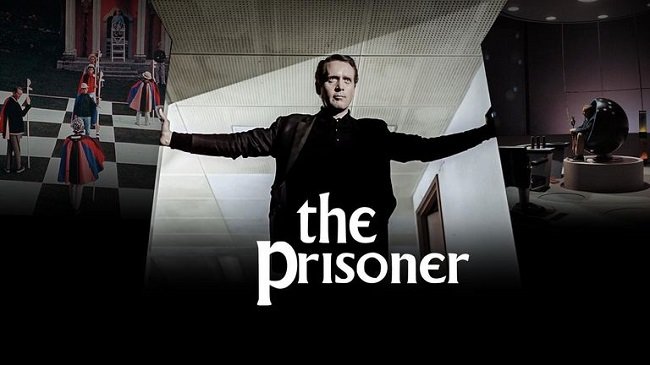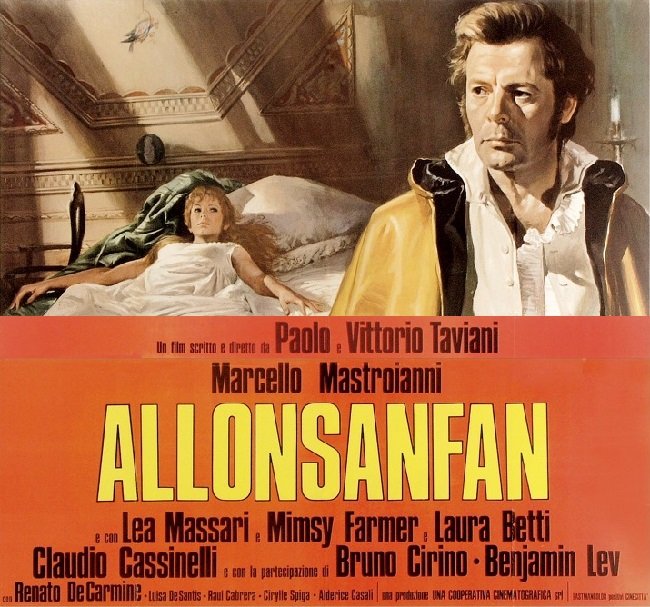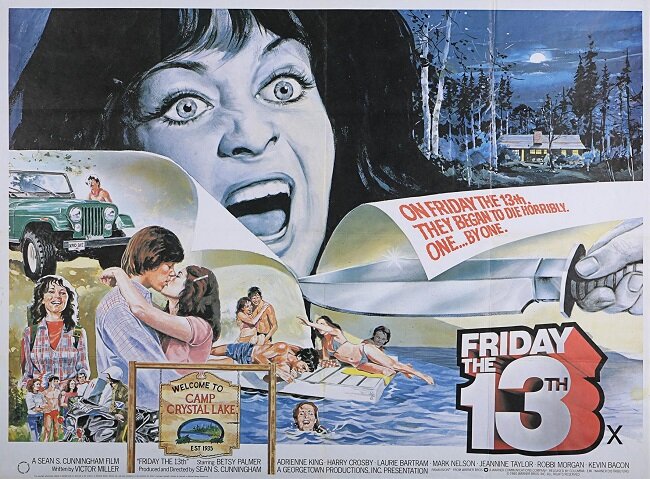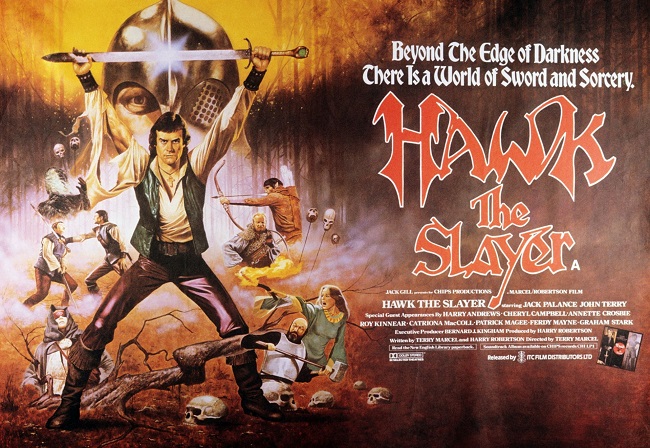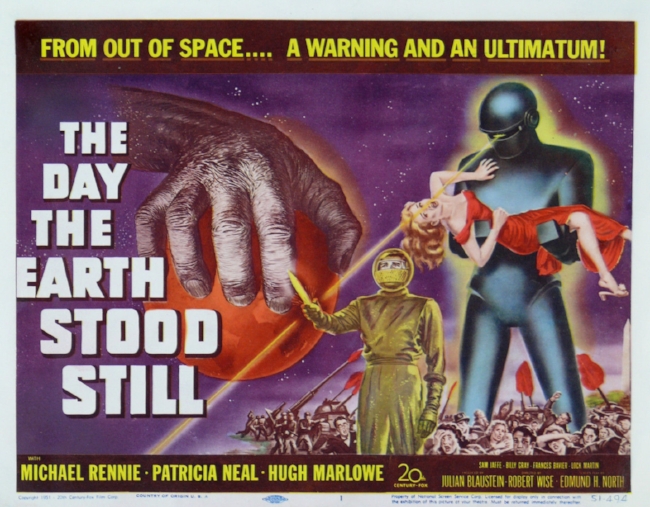Classic Movie Themes: Allonsanfàn
Allonsanfàn (1974) is an Italian historical drama film written and directed by Paolo and Vittorio Taviani. The title of the film derives from the first words of the French Revolutionary anthem La Marseillaise (Allons enfants, IE “Arise, children”). It is also the name of a character in the story. Set against the backdrop of the Italian Unification in early 19th-century Italy, Marcello Mastroianni stars as an ageing revolutionary, Fulvio Imbriani, who becomes disillusioned after the Restoration and endeavours to betray his companions, who are organising an insurrection in Southern Italy. Allonsanfàn is a complex film that is not immediately accessible to those unfamiliar with the intricacies of Italian political history nor the arthouse style of the Taviani brothers. However, it is visually arresting and features a rousing score by Ennio Morricone.
The Tavianis brothers’ previous composer Giovanni Fusco introduced Morricone to the directors, who initially didn't want to use any original music for the film. As Morricone was not disposed towards arranging anyone else's work he insisted upon writing his own material or he would leave the production. Upon hearing the motif he created for the climatic “dance” scene, the Tavianis brothers immediately set aside their previous objections and gave Morricone free reign. Hence, Morricone’s deliciously inventive score is part of the fabric of the film, providing a pulse to the story. This is most noticeable in the scene in which Fulvio’s sister Esther (Laura Betti) turns a half-remembered revolutionary song into a full-blown song-and-dance number and when Fulvio himself borrows a violin in a restaurant to impress his son. Allonsanfàn may not be to everyone’s taste but Morricone’s score is very accessible.
Perhaps the most standout track from the film’s score is “Rabbia e tarantella” (Revolution and Tarantella). A Tarantella is a form of Italian folk dance characterised by a fast upbeat tempo. Morricone has crafted a remarkably rhythmic piece featuring aggressive piano and low-end brass against a backdrop of a stabbing string melody. All of which is driven and underpinned by the timpani drum which robustly punctuates the track. It is certainly not your typical tarantellas of Italian folk but it is a catchy piece that highlights the innate understanding of music that Ennio Morricone possessed and how he could bring this talent to bear on any cinematic scene. “Rabbia e tarantella” was subsequently used during the closing credits of Quentin Tarantino's Inglourious Basterds (2009). Due to its inherent quality it survives being transplanted into a film with a completely different context.
